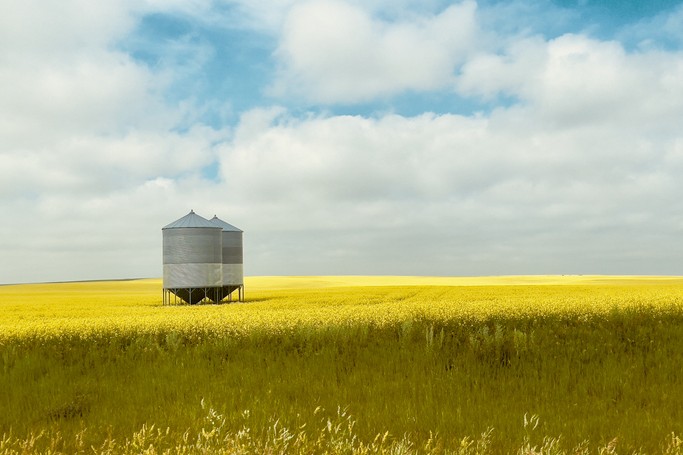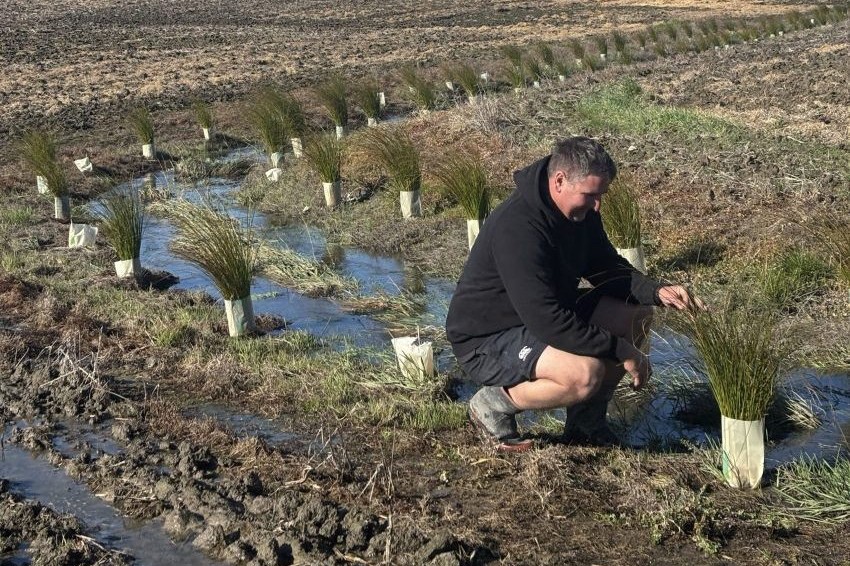Understanding GHG costs
Start thinking about sheep burps as a daily cost against farm income. Joanna Grigg helps farmers get up to speed on proposed agricultural emissions pricing.

Start thinking about sheep burps as a daily cost against farm income. Joanna Grigg helps farmers get up to speed on proposed agricultural emissions pricing.
Up for discussion is how much administration farmers would take on, which scheme creates incentives to reduce emissions and counts sequestration, who collects the levy and what the running cost of the three proposed options will be (or whether running costs pale against the levy costs anyway).
When buying a car, a cheap deal may mean higher costs long-term – in breakdowns and parts.
Farmers should bear this in mind when reflecting on what sort of Emissions Pricing Scheme to choose out of the He Waka eke Noa options. Savings in running costs, by having a simpler administration may, in fact, mean less influence over emissions price structure, less ability to use on-farm offsets and limited ability to be rewarded for good work on mitigating emissions.
The three options on the table to test drive by 2025 are the Farmer-Level Levy, Processor-Level Hybrid Levy or, being left to government whim and being included in the NZ ETS. There is also an option to start with the simpler processor level scheme and move to the farm-level scheme over time.
The default ETS option is cheapest for farmers as they don’t have to measure and report (the processors gather it per kilogram of meat). But it is a poor performer in terms of control, choice, offsetting and recognising the split-gas approach. It exposes farmers to the open carbon market. Alarm bells sound all through the He Waka Eke Noa Booklet that was posted to red meat and dairy farmers in December. It brands the ETS option as a ‘broad-based tax which is forecasted to increase significantly” and will “strip farmers’ ability to influence change”.
If hopping in the ETS Ferrari passenger seat (racing from $65 to $130/tonne in two years) with government and carbon speculators at the wheel doesn’t appeal, farmers should get in the ute with a He Waka option. Options are the Farm-Level Levy – think in terms of a bells and whistles top-range ute with extra spending on bull bars, terrain monitoring, a stock counting APP and tree mapping tools. Or the Processor-Level Hybrid – perhaps a more middle-of-the-road ute that has a stock counting feature that only works once a year, and an all-terrain monitoring and mapping tool as an optional extra.
The proposed Farm-Level Levy is described by He Waka Eka Noa as “high cost in establishing a new report system and administration and high reporting input required from farmers.”
This is because farmers would need to run their stock numbers and fertiliser inputs through a greenhouse gas calculator, then, if they choose, measure areas of farm vegetation.
The total operating costs are estimated to be around $113 million per annum ($63 million cost to farmers in time spent reporting and $50 million for operational costs) and establishment is estimated at $142 million. This office-work reporting (or consultant fee) may put farmers off, but when it comes to actually paying the bill for the emissions levy, the annual bill may be lower in the proposed Farm-Level levy. This is because running a ruler over the farm system and counting stock numbers on the farm/day takes in fluctuating stock numbers while counting on-farm vegetation allows more offsets. This would appeal to farmers that trade, and those with less intensive farms and/or more shrubland and trees.
He Waka Eke Noa modelling of case study farms found the Farm Levy price option was slightly cheaper than the NZ ETS backstop and had a lower impact on Effective Farm Surplus. This is because it accounts for the actual length of time livestock are present on-farm, and uses emissions factors that relate to individual stock classes. In comparison, the NZ ETS backstop currently uses average emission factors for individual stock types and average lifespan.
In the Processor-Level Hybrid Levy option, emissions are calculated by the product tonnes sold (meat, milk solids) multiplied by the national average emissions per unit of product. The emission charge per sheep for example, is based on a national average, not actual days on the farm. It’s a blunt instrument.
At this point, farmers might ask what’s the point in all the emission reduction tools like boluses, changing feed systems, genetics or more on-farm vegetation to off-set? Farmers who finish stock faster (fewer days on the farm) would not be rewarded by having acknowledgement of less emissions generated/year. Where’s the commercial incentive for environmental improvement?
What saves the processor-Level option is adding on a voluntary option for farmers (either individually or in collectives) to enter into an emission management contract or a sequestration management contract or both. This EMC, as it is known, is where farmers show they use tools to reduce emissions from their stock. The sequestration management contract is where farmers show they have areas of shrub vegetation/trees sequestering carbon and get the benefits of this. It’s a way of offsetting and reducing the charge billed via the processor. These would be voluntary but, once established, the contracts will be legally binding.
Any option that takes in on-farm vegetation would appeal to farmers with non-ETS older blocks of indigenous forest. Farmers that took early action to increase sequestration will be rewarded. Orchards and vineyards get a chance to be included in this too.
The Processor-Levy Hybrid is described as having “medium cost compared to other options”. Processors will administer the reporting and charge on to farmers. How the options compare is laid out in Table B on page 23 but the real detail is in the 31 page November Discussion Document (available via Beef + Lamb NZ website). He-Waka-Eke-Noa-Farmer-Engagement.pdf (beeflambnz.com).




